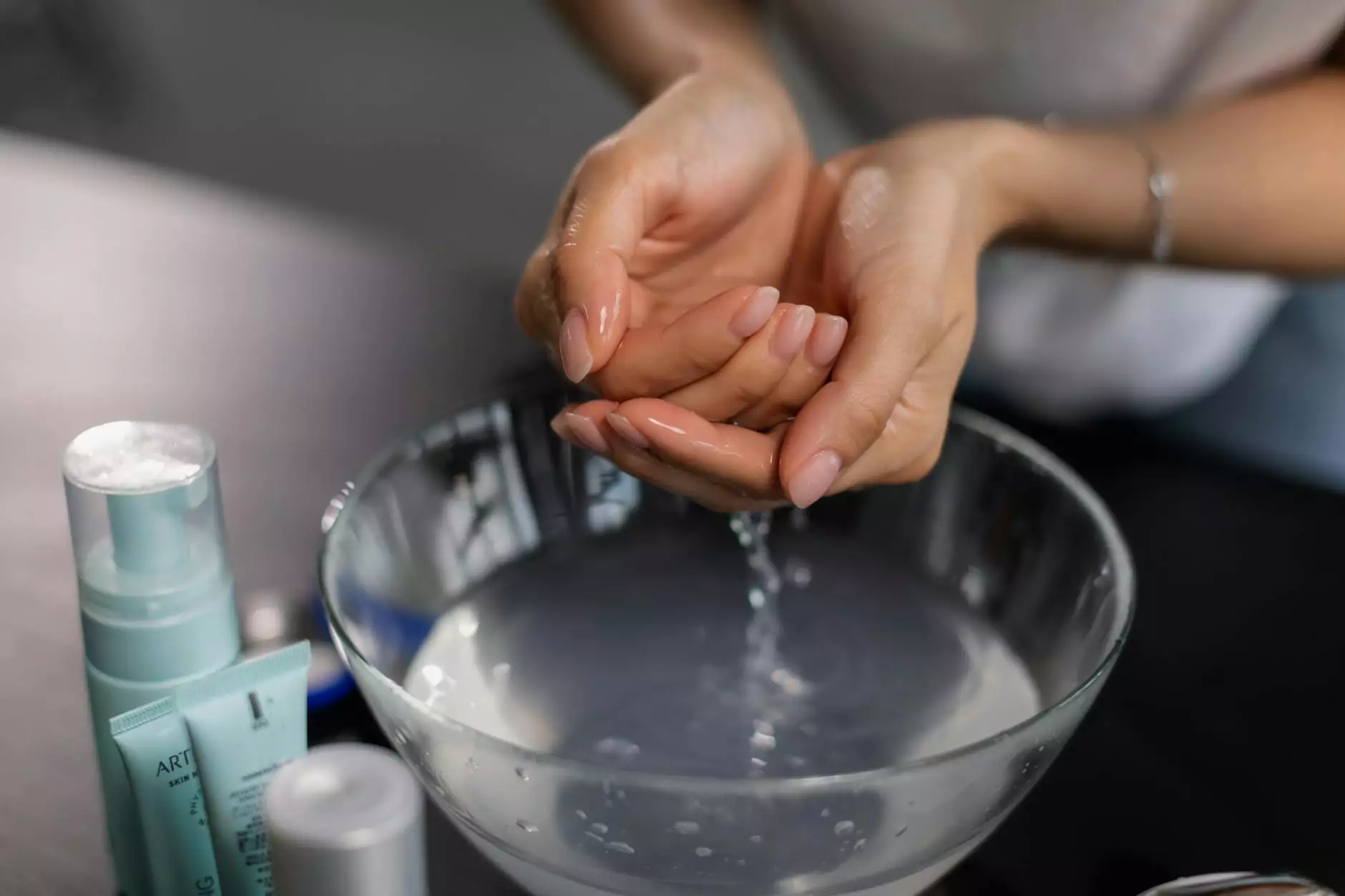Opioids Not the Only Answer for Pain Relief in the ER
Orthopedic Surgery
The Importance of Pain Management in the Emergency Room
In the high-stress environment of the emergency room, effective pain management is crucial to provide immediate relief and improve the overall patient experience. Traditionally, opioids have been the go-to medication for acute pain in these settings. However, at Bowling Orthopaedics, we believe in a holistic approach to pain relief that goes beyond opioids, considering the patient's well-being, long-term health, and minimizing the risk of addiction.
Understanding the Risks of Opioid Use
Opioids, while effective at relieving pain, come with various risks and side effects that should not be ignored. Prolonged or excessive use of opioids can lead to addiction, dependency, and a range of negative health consequences. It is crucial to inform patients about these potential risks and offer alternative pain relief options to minimize the reliance on opioids.
Exploring Alternative Pain Relief Methods
At Bowling Orthopaedics, we embrace a multidisciplinary approach to pain management, offering a wide range of alternatives to opioids. Our team combines medical expertise, innovative therapies, and personalized treatment plans to address acute pain effectively. Here are some of the non-opioid pain relief methods we utilize in the emergency room:
1. Nonsteroidal Anti-Inflammatory Drugs (NSAIDs)
NSAIDs such as ibuprofen and naproxen sodium are effective in reducing pain, inflammation, and swelling. These medications can provide relief for many types of acute pain, including musculoskeletal injuries and post-operative discomfort.
2. Local Anesthetics and Nerve Blocks
Local anesthetics can be administered directly to the area of pain, numbing the nerves and providing targeted pain relief. Nerve blocks, involving the injection of anesthetic near a specific nerve or nerve group, can offer longer-lasting relief.
3. Physical Therapy and Rehabilitation
Physical therapy plays a crucial role in pain management, especially for musculoskeletal conditions. Our dedicated team of physical therapists will work closely with patients to develop tailored exercise programs focused on reducing pain, improving mobility, and enhancing overall function.
4. Mind-Body Techniques
Psychological and behavioral approaches, such as cognitive-behavioral therapy, mindfulness, and relaxation techniques, can effectively reduce pain perception and improve coping mechanisms. By addressing the mind-body connection, we empower patients to better manage their pain and promote overall well-being.
5. Integrative Medicine
Integrative medicine combines traditional medical practices with evidence-based complementary therapies. Acupuncture, chiropractic care, and herbal remedies may be incorporated into a patient's treatment plan to enhance pain relief and support the body's natural healing processes.
Empowering Patients and Promoting Recovery
At Bowling Orthopaedics, our primary goal is to empower patients with information and choices. By providing comprehensive education about alternative pain relief options in the emergency room, we help patients make informed decisions about their healthcare. We prioritize long-term recovery, pain management, and minimizing the need for opioids whenever possible.
Conclusion
In the realm of pain management, opioids should not be considered the only answer in the emergency room. At Bowling Orthopaedics, we strive to go beyond traditional methods and provide our patients with comprehensive pain relief options that prioritize their well-being and minimize the risks associated with opioids. By incorporating alternative approaches and empowering patients, we aim to improve their overall experience in the emergency room and foster long-term recovery.










